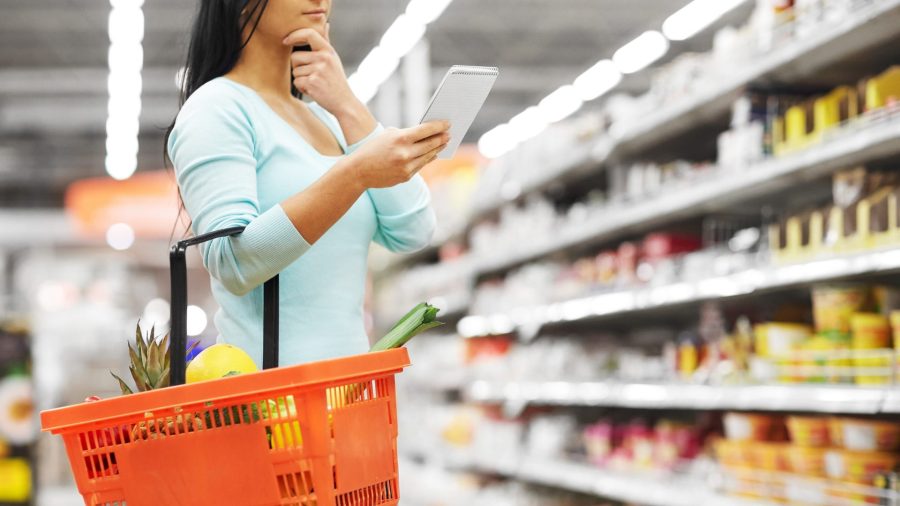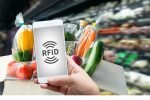Virginia Garavaglia CMO, Worldpanel Division KENTAR
In a world grappling with rising costs of living, consumers are adopting various strategies to cope with the challenges. According to the annual Brand Footprint study conducted by Worldpanel, a comprehensive analysis of global shopping habits, households in 53 countries representing 86% of the global population have been adjusting their shopping behaviors. Against the backdrop of double-digit food price inflation, global household FMCG (Fast-Moving Consumer Goods) spend increased by 4.8% in 2022. However, the volume of items purchased only saw a marginal increase of 0.1%, indicating that consumers were paying more for fewer items as they resorted to cost-saving measures.
The Brand Footprint study sheds light on the changing consumer buying patterns driven by global inflation and the cost-of-living crisis. Households are increasingly turning to private labels, cheaper retailers, and smaller local brands. Spending on branded goods did see a growth of 2.6%, surpassing the $1,000 mark for the first time. The United States leads the world in purchasing branded goods, with households spending an average of $2,847, almost three times the global average. The study also reveals that FMCG brands’ growth lies in attracting new customers (penetration) rather than relying on existing customers (frequency) for expansion.
Guillaume Bacuvier, CEO of Worldpanel Division at Kantar, commented on this year’s study, stating, “This year’s study paints a complex picture of a retail market adjusting to inflationary pressures and new consumer behaviors. Many households are carefully reconsidering their spending habits and switching to discounters and private labels.”
Key findings from the study include:
- Static Volume of Items Purchased: The number of items purchased remained nearly static, with a minimal growth of 0.1%. This is the first time in three years that the growth rate has been this low, despite a 1.9% increase in the number of households.
- Increased Spend per Shopping Trip: Average spend per shopping trip rose by 3.5%, while the overall volume of items purchased decreased by an average of 1.5% throughout the year.
- Rise of Private Labels: Private label (PL) value sales were highest in the UK, accounting for 49.4% of spend and experiencing a gain of 1.6% points. Spain saw the highest growth in private label sales, with a 13% increase and a gain of 3.4% points. In France, however, private labels experienced a loss in market share, declining by 0.7% points despite overall growth.
- Global Brand Diversity: Globally, households purchased an average of 61.3 different brands per year. US households topped the list, purchasing an average of 105.8 brands annually.
- Online Growth Slows: Online retail experienced a global growth rate slowdown to 5.6%, primarily due to Western Europe, where the channel lost share. However, Asia and the US saw gains in online retail.
The study also highlights the top-performing brands. Coca-Cola maintains its position as the most chosen brand for the 11th consecutive year, followed by Colgate and Maggi. Sprite showed the highest growth globally, attracting 33.8 million new buyers and increasing its household penetration by 2.3% points. The top 10 brands remained relatively stable, with Lay’s climbing two positions and Sunsilk moving up from 9th to 7th place.
Bacuvier emphasized the significance of meaningful, distinctive brands in the face of soaring prices, stating, “In today’s economy, brands of all sizes are encountering significant challenges.



